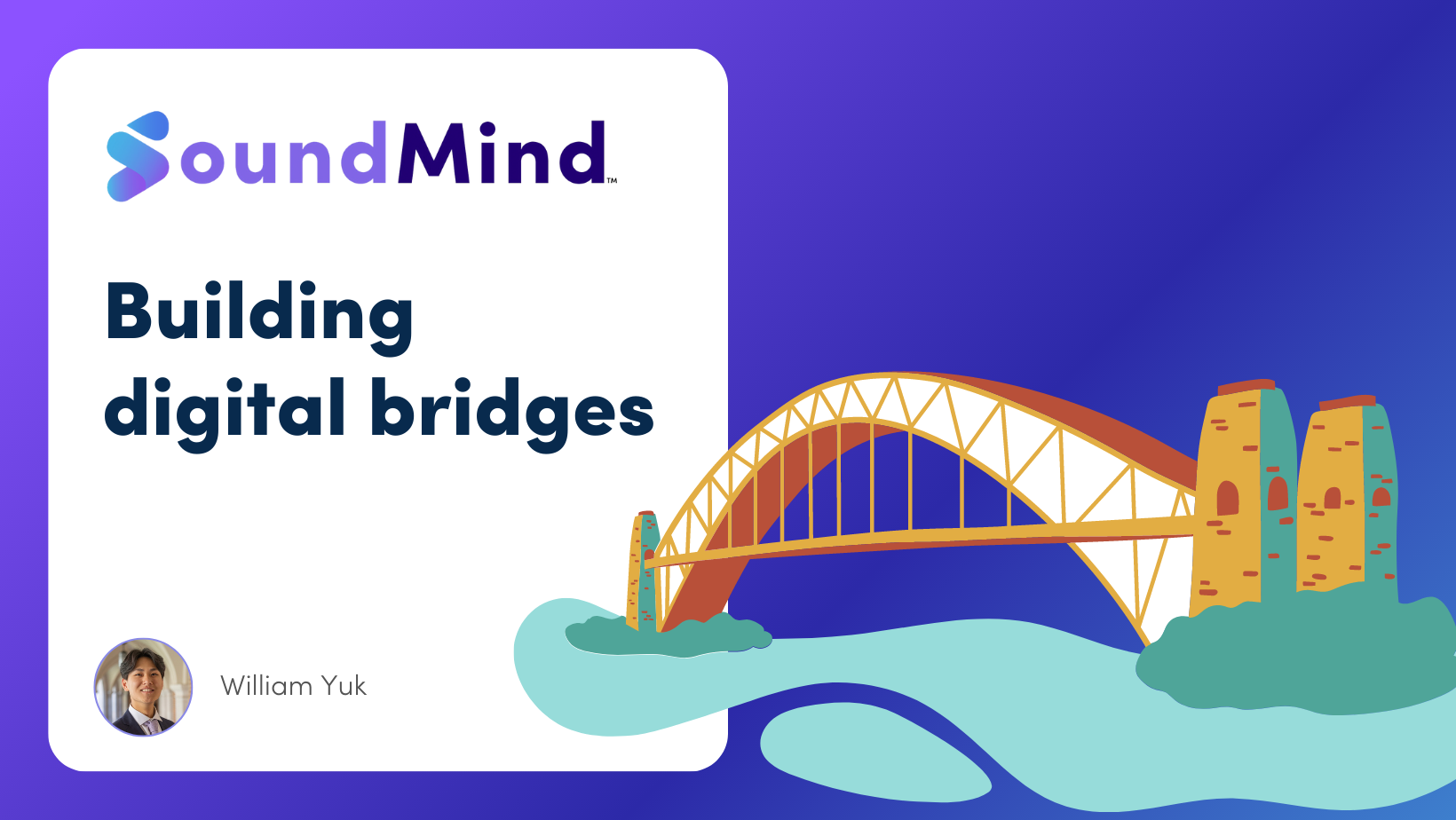Posted on July 20, 2023 by William Yuk


Technology’s meteoric rise propels our ever-evolving world, unlocking limitless possibilities and reshaping industries, economies, and our daily lives. From artificial intelligence, robotics, and quantum computing, to biotechnology, groundbreaking breakthroughs revolutionize how we work, communicate, and thrive. But in the wake of astonishing growth, a troubling and persistent digital divide continues to cast its shadow.
In 2018, a study conducted by the PRB found that one-fourth of all children ages 5 to 17 lack computer, and/or high-speed internet access. This disparity poses grave consequences for underprivileged youth within two critical areas of development.
With the increasing reliance on technology in education, students without access to reliable internet or devices face significant disadvantages. These students may struggle to complete online assignments, participate in virtual classes, or access educational resources readily available to their digitally connected peers.
Insufficient access to educational resources creates a glaring disparity in opportunities, impeding students’ academic progress and undermining their ability to compete on an equal level with their peers. These disparities have been exacerbated by the COVID-19 pandemic, which necessitated the adoption of hybrid learning models and accelerated the integration of technology into education.
In today’s technology-driven era, where mental healthcare heavily relies on digital platforms, those without reliable internet access or devices are at a significant disadvantage. Accessing crucial resources such as online therapy sessions, mental health apps, and digital support becomes a daunting challenge for them, setting them apart from their digitally connected counterparts. This glaring lack of access compounds the existing disparities in mental healthcare, leaving them unable to seek the support they need, effectively cope with challenges, and maintain their overall well-being.
Some strategies that can be implemented to address and resolve the digital divide include:
Thank you for reading “Piece of Mind”! If you liked this post, share it with a friend and help us increase our positive impact on Gen-Z mental health 🙂
Subscribe to receive blog updates!